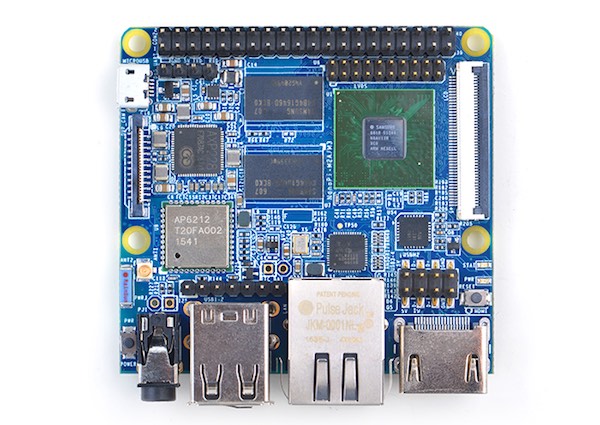
is extremely customizable allowing you to configure it the way you like.

Working with i3 may be a radical shift in how we use our computers, so why should one switch from traditional desktop environments like Gnome, KDE, MATE, Cinnamon to i3? In summary, you should consider i3 because i3:

are way simpler than full desktop managers.So what are the differences between a tiling window manager and a desktop manager? Many. That same program includes tools to set wallpapers, login managers, drag and move windows around and interact with other running windows and services. The most common way users interact with their computers these days is via desktop mangers ( GNOME, KDE, XFCE, etc). i3 is primarily targeted at advanced users andĪ tiling window manager is a program that runs on top of your operating system's graphical user interface (GUI) that auto-manages your windows for you. GNU/Linux and BSD operating systems, our code is Free and Open Source Software What is i3? The official documentation describes i3 as:Ī tilingwindow manager, completely written from scratch. But first let's understand what i3 is and how it can drastically change how you use your Linux desktop.

I've been using the i3 window manager for a couple of years and would like to share some thoughts about it.


 0 kommentar(er)
0 kommentar(er)
